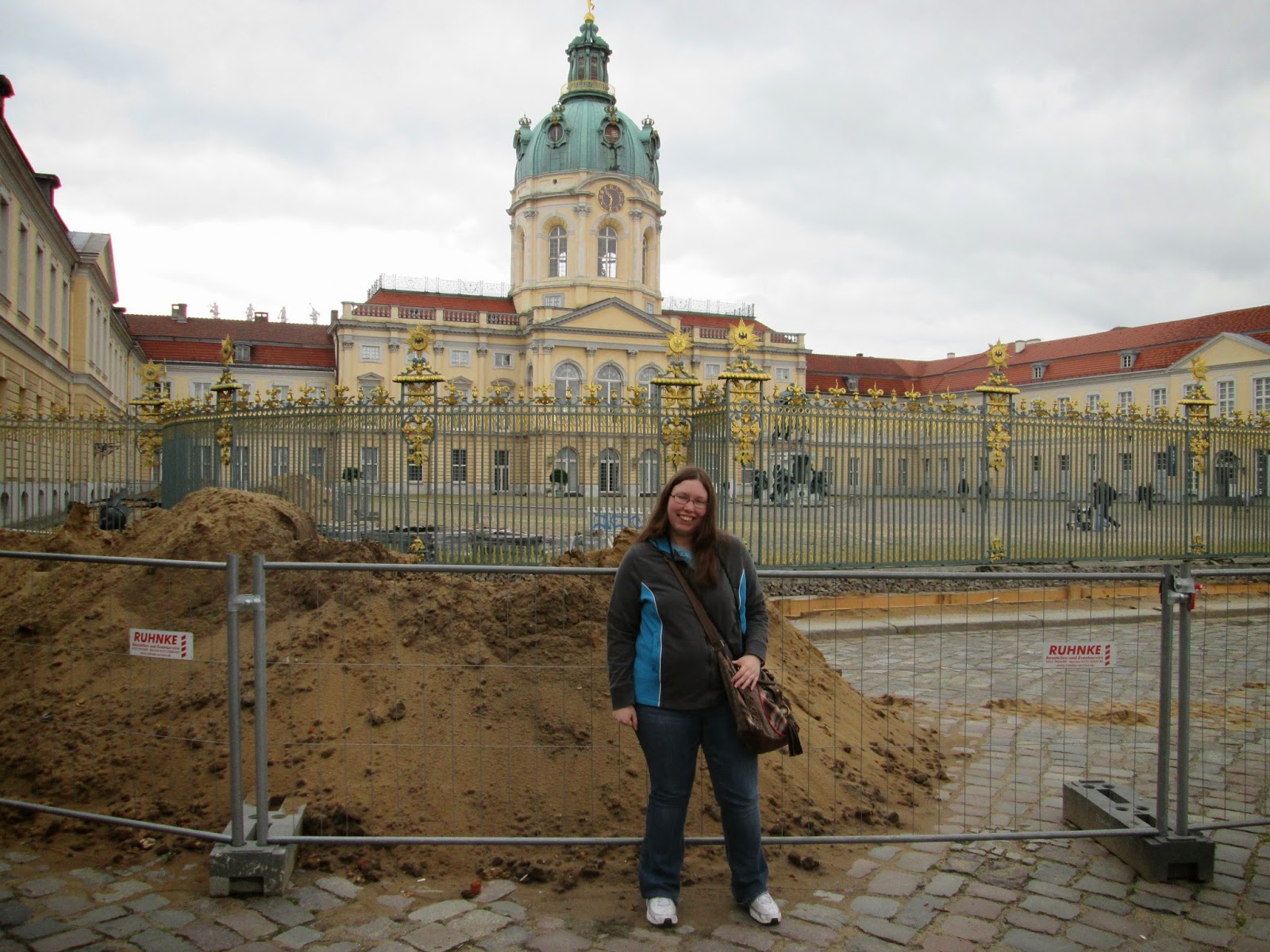 |
| Emily at Charlottenburg Palace, Berlin, Germany |
For
my final blog post required by my professors I am going to write about my
academic and personal growth. I found my trip to Central Europe was incredibly
educational as well as personally enriching.
As
a future history teacher, I wanted to travel to Central Europe to see some of
the locations I will one day be teaching about. Seeing these famous sights in
person has given me much more insight into those past events and has given me
even more to consider. It seemed that every building and street corner had some
significance or story. As someone who loves learning, I relished the
opportunity to learn so much in such a short amount of time. Every day our
itinerary was full of enriching educational opportunities that I would have
missed out on if I traveled to Central Europe on my own. The amount we learned
was overwhelming at times, but my understanding of this region of the world is
now much firmer. I believe that I will be able to convey the knowledge I have
gained to my future students. The Central European Travel Seminar was an
amazing academic experience that will be an asset to me in years to come.
 |
| Emily at Castle Ruins, Wachau Valley, Austria |
Personally,
traveling through Central Europe was rather transformative. I am a quiet
individual, not shy, but often not one to speak up. However, while traveling I
had to speak up in order to make sure that I was understood. Whether it was to
other members of my group or to the many individuals I encountered while we
traveled, I needed to be a little more assertive and have more self-efficacy.
Although we were traveling with a group, this was my first time traveling
without my family. I was nervous at first about how traveling alone would be,
but I was able to thoroughly enjoy myself. I have discovered that I am able to
keep myself occupied and engaged without the constant encouragement of others.
The largest personal transformation that I underwent during the Central
European Travel Seminar was to my confidence. It was not that I was not
confident going in, but now I feel that I could be put in the middle of any
major city and I would be able to find my way around without being afraid. I am
still a small town girl at heart, but big cities are no longer scary. I am able
to take care of myself in a place where I do not always understand the
language. There are always ways to make myself understood. Patience and an open
mind are the most essential skills of any traveler. I believe that my time
traveling in Central Europe helped me further develop and understand those
skills. During my time abroad I feel that I changed a great deal and came to
know a lot more about the world as a whole.
 |
| Emily at Citadella, Budapest, Hungary |
Thank
you for taking the time to read the thoughts and opinions I have written about
in this blog. For any future travelers to Central Europe, remember to always be
open to new experiences. The Central European Travel Seminar was the trip of a
lifetime.
Good
luck and have fun!
-Emily
Herkert
Picture References:
1.
Emily
Herkert. Charlottenburg Palace. May
29, 2014. Berlin, Germany.
2.
Emily
Herkert. John Lennon Wall. June 8,
2014. Prague, Czech Republic.
3.
Emily
Herkert. In Castle Ruins. June 14,
2014. Wachau Valley, Austria.
4.
Emily
Herkert. Climbing to Citadella. June
21, 2014. Budapest, Hungary.






























